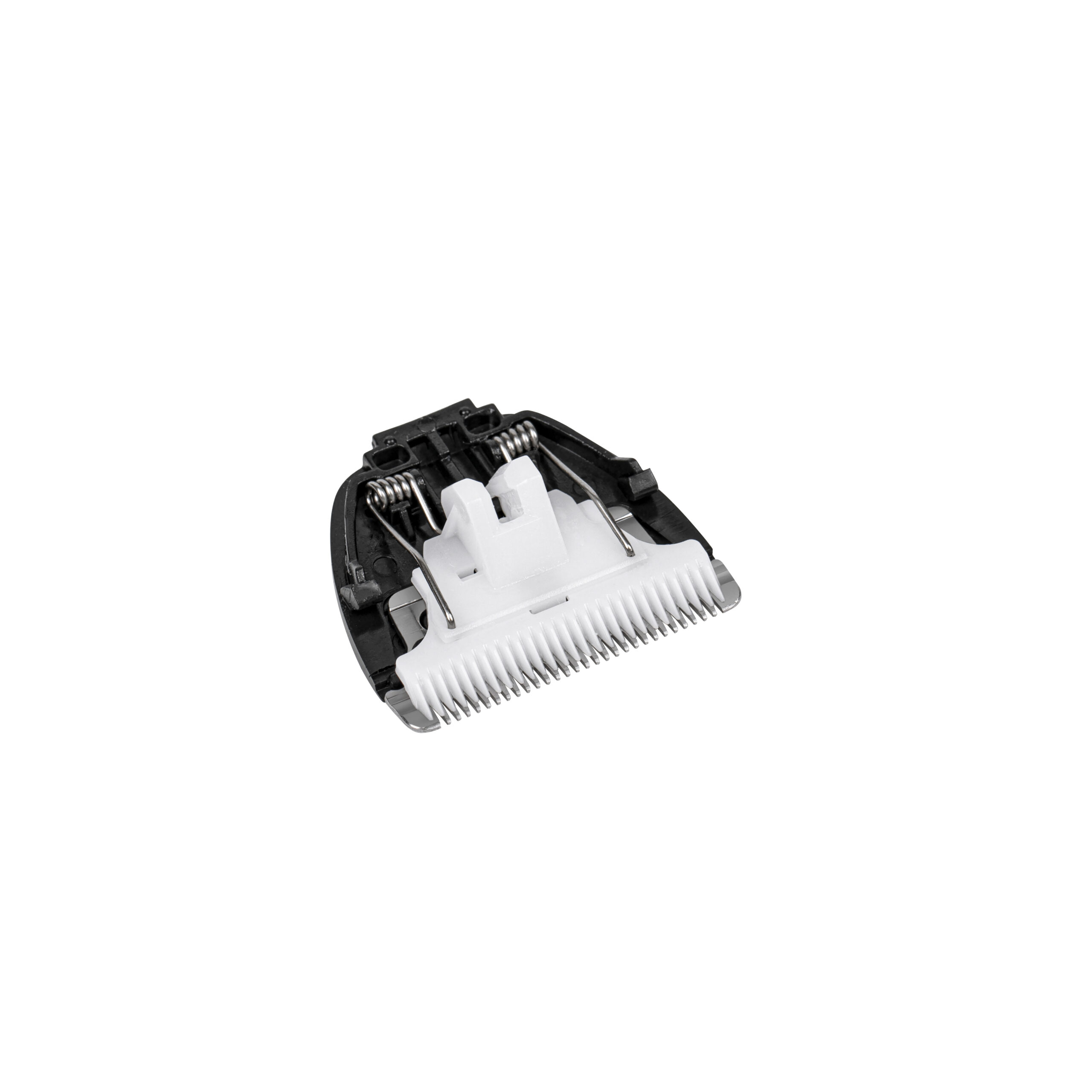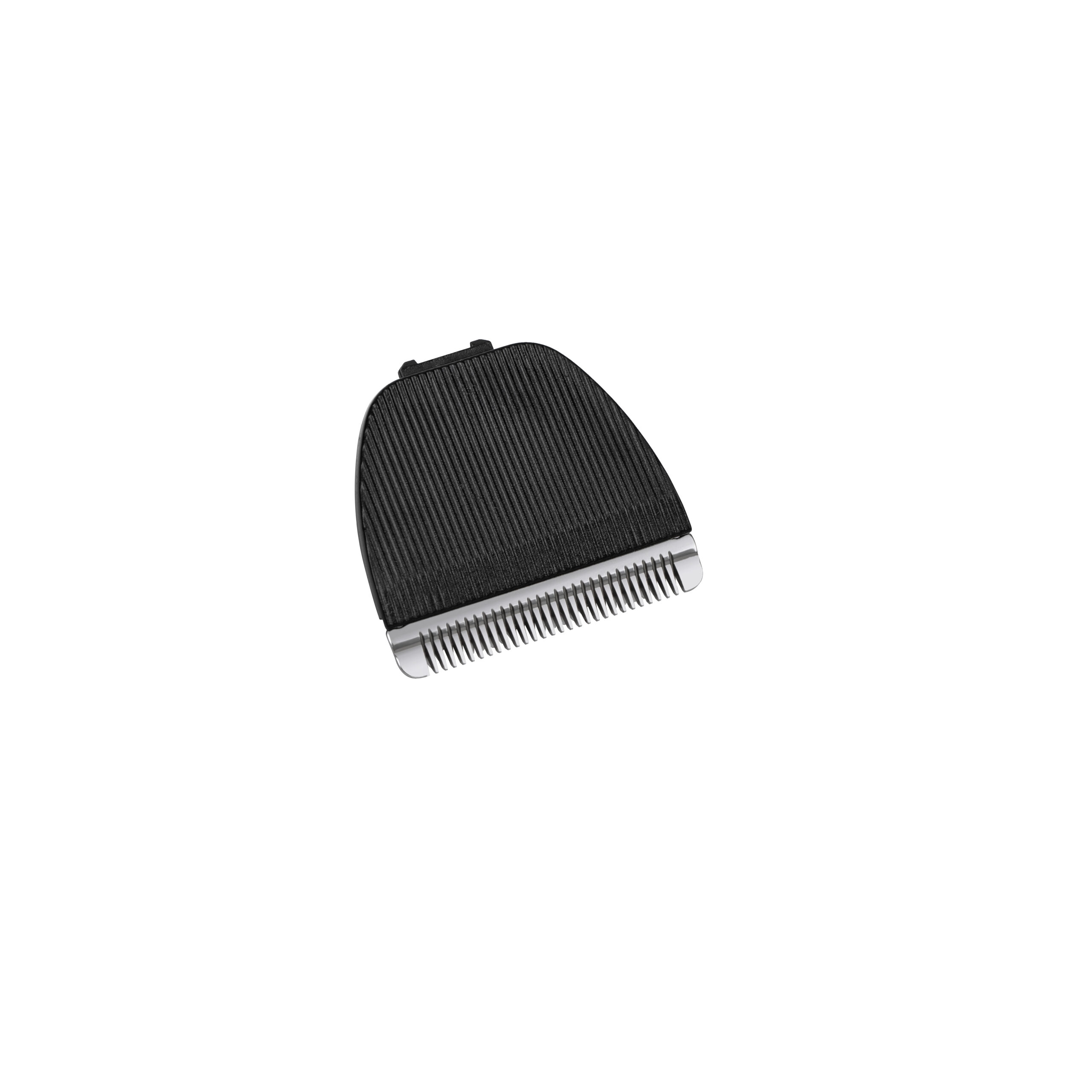Undoubtedly, in the world of personal grooming, choosing the right body trimmer is essential to achieving your desired look. While we often focus on features like battery life or ergonomic design, the blade, in fact, does the true work. Indeed, body trimmers come with a variety of blade sizes, guards, and attachments, and each one serves a specific purpose. For this reason, to get the best results, you must understand the difference between a wide blade, a detail blade, and various guard lengths. Therefore, this guide will explore the functions of different blade sizes to give you the information you need to select the right tool for any grooming task.
Understanding Blade Sizing: Width and Length
Before we dive into specific uses, it's important to understand what "blade size" can mean. Specifically, you should consider two primary measurements:
- First, Blade Width: This is the horizontal size of the cutting edge. A wider blade, for instance, covers more surface area with each pass, while a narrower blade allows for more intricate work.
- Second, Cutting Length (Guard Size): This refers to the length of the hair left after you trim. Typically, plastic attachments called guards or combs, which snap over the blade, control this length. As a result, these guards determine the final hair length, and you'll typically find them measured in millimeters (mm).
In essence, a complete grooming kit will often include multiple blade heads of different widths and a series of guards to control the cutting length.
The Workhorses: Wide Blade Sizes for Bulk Grooming
To begin, let's look at the standard, widest blade that comes with most body trimmers, which acts as the all-purpose workhorse. Indeed, manufacturers typically design these blades to make quick work of large surface areas.
Primary Function & Benefits
- Efficiency: A key advantage of a wide blade is speed. For example, it can cut a significant amount of hair in a single pass, which drastically reduces your grooming time.
- Even Coverage: In addition, when trimming large, relatively flat areas like the chest, back, or legs, a wider blade helps ensure a more uniform result. Consequently, you can avoid a patchy appearance.
Overall, you can think of the wide blade as the lawnmower of your grooming kit—perfect for covering the big open spaces quickly and effectively.
The Artists: Narrow & Detail Blades for Precision
On the other hand, many premium body trimmers include interchangeable heads, such as a narrower, more specialized detail blade. Logically, you should turn to these tools when accuracy is your top priority.
Primary Function & Benefits
- Superior Control: To illustrate, the smaller width gives you greater control and visibility. As such, this allows you to create sharp lines and navigate tight corners with confidence.
- Safety in Sensitive Areas: Moreover, when grooming around the groin, underarms, or other contoured, sensitive parts of the body, a narrow blade reduces risk and allows for more careful trimming.
If the wide blade is a lawnmower, then the detail blade is the garden edger—essential for creating clean borders and handling delicate areas.
The Gatekeepers: The Role of Guide Combs (Guards)
Furthermore, we need to discuss guide combs, which are the most common "sizing" tool. Put simply, these plastic attachments dictate the final length of your hair, allowing for incredible versatility from a single blade.
Common Sizes and Their Effects
- Short Guards (e.g., 1-3mm): For instance, you use these for a very close trim or a "stubble" look. This length is popular for maintaining a clean, five-o'clock-shadow appearance on the body or face.
- Medium Guards (e.g., 4-7mm): Meanwhile, this range offers a neat, well-kept look without showing too much skin. It's perfect for men who want to tidy up their body hair, making it look managed but not completely removed.
- Long Guards (e.g., 8mm+): Finally, for those who prefer to keep their length but just want to tame unruly hair, longer guards are ideal. They trim off just enough to prevent a wild appearance while maintaining a natural look.
Ultimately, choosing the right guard is entirely about personal preference and the style you wish to achieve. Many trimmers also offer adjustable guards that combine multiple lengths into one attachment for added convenience.
Side-by-Side Analysis: Blade & Guard Functions
Making the Right Choice: Tailoring Your Selection to Your Grooming Style
Of course, the best blade setup depends entirely on your personal grooming needs. To make the right choice, first, consider the following points:
- Your Grooming Scope: If you only need to trim large areas like your chest and back, a reliable trimmer with a good wide blade and a few guard options may be all you need.
- Your Desired Look: However, if you are into precise facial hair styling or require meticulous grooming in sensitive areas, a kit with interchangeable detail heads is essential.
- Versatility: Similarly, for the man who does it all—from body grooming to beard maintenance—an all-in-one system with multiple heads and a full range of guards is the most effective investment.
Final Thoughts: Choosing Your Trimmer Blade Sizes with Confidence
In conclusion, the decision about what body trimmer blade to use is a personal one, driven by the results you want to achieve. After all, each blade size and guard length has a distinct purpose. By understanding these differences and considering your own grooming habits, you can confidently use your tools to their full potential. T he right blade will not only meet your needs but also elevate your personal care routine, leaving you feeling polished and confident. Whether you value the speed of a wide blade or the accuracy of a detailer, the most important thing is to find a tool that fits your lifestyle and helps you achieve your desired look with ease and precision.






